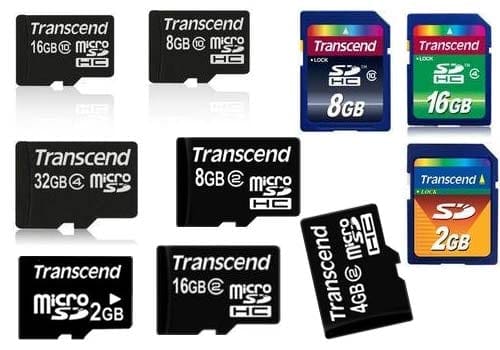
Many people are familiar these days with Secure Digital High-Capacity (SDHC) memory cards and may not even realize it. SDHC memory cards have become synonymous with storage for small, mobile devices such as cell phones, cameras, camcorders, MP3 players, PDA’s, and any small electronic accessory that needs to record information. The SDHC memory card came about so that compact storage units that can operate at high speeds, and could be removed from the device to upload onto a computer. The real demand for the SDHC memory card came about with the influx of high definition pictures and recordings.
SDHC Memory Cards come in two sizes: the regular sized SDHC memory card (the size of a postage stamp), and the miniSDHC (small enough to fit comfortable on an adult’s pinky nail.) The difference in these products to other memory cards is in the name: secure digital. Secure Digital stands for the format an SDHC memory card contains as opposed to other flash cards on the market. They offer plenty of storage for the device in which it is used, while supporting the high standard of data transfer needed by newer devices coming out, as well as offering copyright protection for videos and photos.
To be sure to get the most out of an SDHC memory card, select a card that is compatible with the specifications of the device in which it is used. In other words, check the manual to see if the device supports SDHC technology. Make sure the Digital Transfer Speed (DTS) is below or equal to the classification of the card. An example would be to have a device that records at a DST of 16 MB per second, so buying a Class 10 card would be the optimal card to use for that device. A class number is equal to the megabytes per seconds achieved, so a Class 16 memory card would be wasted on a device that can only record at 8 megabytes per second. These memory cards are available in as little as 2 GB, to as high as 64 GB.

Be the first to comment